From the city of Plano’s caution to Paris’s vocal opposition to advanced air mobility (AAM), one narrative echoes across the landscape of AAM: community approval is essential for its success. Concerns about noise, safety, privacy, and environmental impact ripple through towns, painting a vivid picture of communities wary of new technologies encroaching on their daily lives. This hesitance serves as a powerful reminder: AAM’s climb hinges not just on sleek vehicles and ingenious engineering, but also on a deep understanding of the public’s reservations, and directly addressing those concerns to truly align with and elevate the communities it will serve.
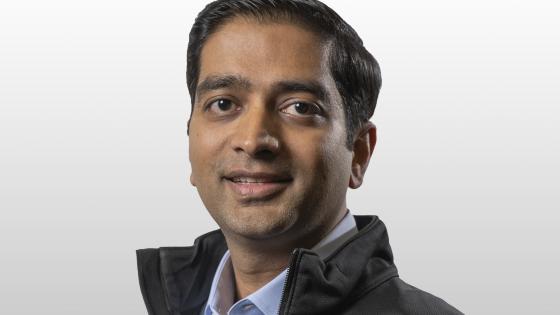
California-based Sapan Shah is director, product management at Honeywell Aerospace Technologies
The roots of resistance
Uncovering the main causes of resistance to AAM is the first step to gaining community approval. Opposition often stems not from doubts about vehicle safety or technology, but from more personal apprehensions and uncertainty. Take Lisa from Phoenix, Arizona, who adamantly refused when asked if she would fly in an eVTOL. Her refusal did not originate from distrust in the vehicles themselves. It stemmed from a discomfort with placing her life in the hands of a stranger piloting the aircraft. Discussions around stringent safety standards or history of aviation did little to assuage her concerns. This was a very personal objection and emotion-driven opinions are rarely changed by facts. Lisa’s story serves as a valuable window into the complex emotional landscape surrounding this nascent technology.
Empathy and engagement
Leaders and advocates of AAM have a responsibility to proactively ask such questions to understand and process the experiences and hesitations of individuals like Lisa. This approach enables the industry to get a better grip on what can influence public sentiment, and the deeper comprehension will then drive meaningful and productive dialogue. While not every individual objection can be directly addressed, Lisa’s story and countless others like it serve as crucial pieces in the puzzle of understanding community reluctance and barriers to acceptance. By prioritising empathy and listening, we can begin to break down the barriers and create a path toward AAM’s acceptance, not just as a technological marvel, but as a technology that serves the needs of people.

A rendering of a conceptual eVTOL flying over an urban area
Statistics and technical details, while important, fail to address anxieties rooted in personal narratives. As Congressman Garret Graves, United States Representative from Louisiana and Chairman of Aviation Subcommittee of the House Transportation and Infrastructure Committee, noted at the 2022 Honeywell AAM Summit, if the industry does not step up to fill the communication void around AAM with thoughtful engagement, misinformation will. Only upon understanding communities on a human level first, can leading original equipment manufacturers (OEMs), infrastructure providers, and trade associations develop educational programmes that resonate with the public and address their concerns effectively, converting that initial uncertainty into informed support.
EASA public opinion survey
The European Union Aviation Safety Agency (EASA) mapped public opinion on AAM through a survey in six major cities. The results offer a nuanced picture, showing both enthusiasm and caution towards drones and air taxis taking flight in their backyards. A strong majority (83%) expressed a positive or very positive attitude toward AAM deployment and particular uses soared highest. Medical supply deliveries and transport of injured persons to hospitals resonated deeply, garnering support from 41% of the respondents as the most beneficial use case for AAM. This suggests that AAM’s potential to save lives and enhance public safety holds significant promise for Europeans.
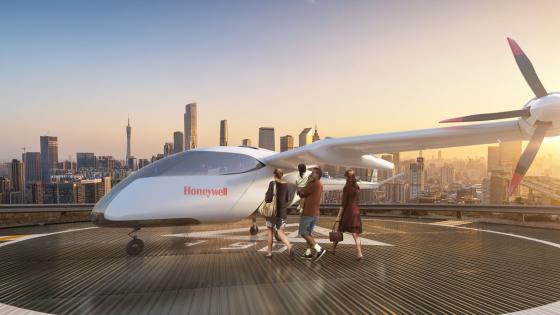
Air taxis will appeal to travellers looking for speed and convenience
As for common concerns, pollution, both noise and visual, safety and security consistently came up as the top three. The use case of passenger transport had the least perceived usefulness among the respondents. These concerns underscore the need to consistently communicate and educate the public about quieter technologies and robust safety regulations.
Tailored outreach
Keys to gaining public trust are open communication, integrating AAM operations into the community, and responding to concerns. The industry can transform hesitant citizens into informed advocates by weaving AAM into the daily life of the community. AAM must contribute to the life of all citizens by prioritising local needs and quality of life. Only then can it truly gain acceptance not only as a transportation solution, but also as a positive addition to the communities it touches. Demonstrating value across a wide range of use cases to a broad set of stakeholders in the community early in the process is pivotal.
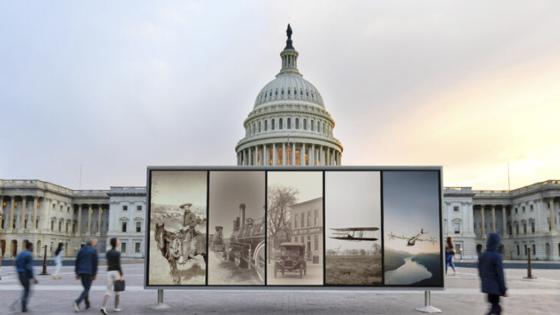
A Washington DC display showing the evolution of transportation.
Learning from other industries
Once the roots of community concerns are uncovered, industry stakeholders should develop educational programmes tailored to the specific needs and concerns of each community. Workshops co-organised with local groups can unpack AAM’s potential, while targeted campaigns, possibly in collaboration with environmental NGOs, can address specific concerns such as noise pollution. Partnerships with schools and universities can spark enthusiasm for AAM among the next generation.
Learning from other industries with experience navigating public acceptance is crucial. For instance, the autonomous car sector partnered with advocates like Mothers Against Drunk Driving [in the US] to highlight safety benefits, a blueprint that AAM can follow. Similarly, pilot programmes in convenient locations such as hospitals or transportation hubs can show the practical benefits of AAM and make it part of the community.
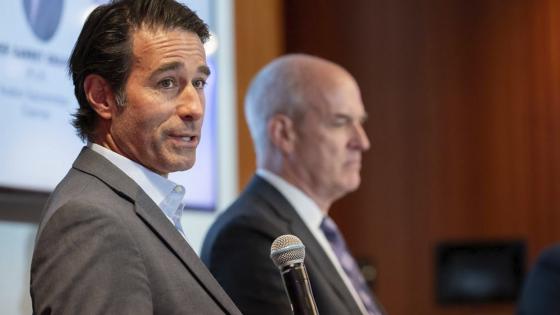
Congressman Garret Graves (left) and Congressman Rick Larsen (right) at the Honeywell AAM Summit
Driving community prosperity
That said, community engagement should not stop at information. There is value in community wealth-building approaches. Local business relationships, employment pathways and economic ownership models can transform AAM from an outside disruption into an inside asset, as a contributor to community prosperity. Just as autonomous car companies have partnered with disability advocates to highlight freedom of mobility, AAM can champion community wealth building alongside local leaders. This grounds AAM’s value in tangible community priorities instead of safety statistics deemed abstract. By combining education with initiatives that create local economic opportunities, AAM can be reframed as an innovation that benefits everyone.
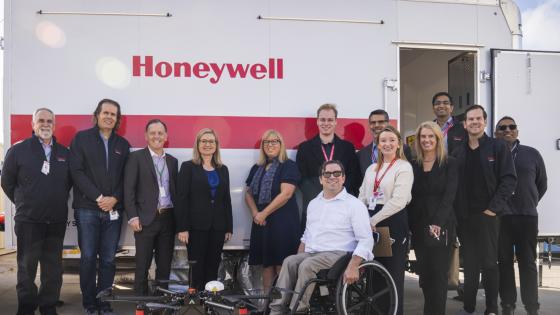
Mayor of Phoenix, Kate Gallego, and her staff with the Honeywell Advanced Air Mobility Team
While AAM will transform travel, its success relies not only on innovative vehicles and smart engineering, but also on the confidence and endorsement of the communities it will benefit. By prioritising community prosperity alongside technological advancement, AAM can become a true partner in progress, its success directly tied to the well-being of the people it aims to uplift.
From suppliers to OEMs to operators to infrastructure providers to regulators, all AAM stakeholders are responsible for community acceptance. This journey demands understanding the delicate balance between technology and public sentiment. Community engagement isn’t a courtesy, it’s the bedrock of AAM’s success – or the reason it might fail. Unease around noise, safety, privacy, and the environment cannot be addressed with mere data. Open dialogue, locally relevant education, and a sincere focus on the human impact of technology are essential. These actions go beyond simply providing information; they integrate AAM into the everyday lives of the communities it serves.
